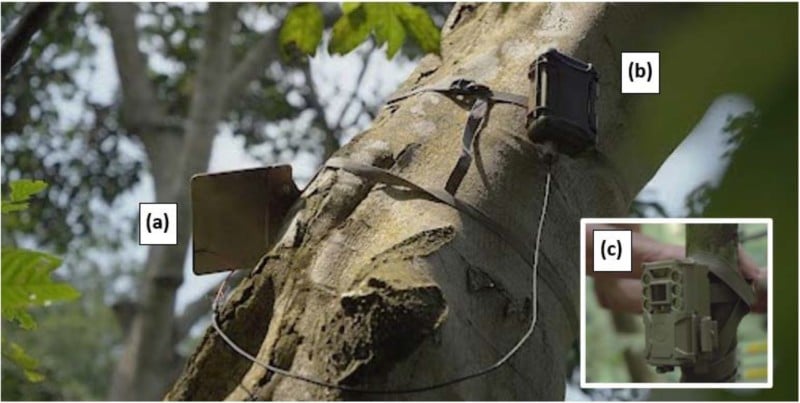How AI Camera Traps are Protecting Gabon Wildlife from Poachers
AI-powered camera traps are being used for more than just documenting and monitoring animals — they have also been a crucial tool in protecting the local wildlife from poachers, such is the case in Gabon in Central Africa.
Rich Biodiversity Needs to be Protected
Congo, and Congo Basin, in particular, offer incredible biodiversity with roughly 400 species of mammals and 1,000 species of birds that reside in the largest area of forest preserve — 80% of Gabon is covered in forests — out of all African nations, reports Appsilon.
Out of these diverse species are endangered wildlife — elephants, bonobos, lowland gorillas, and chimpanzees, which are at the forefront of the country’s so-called “Green Gabon” movement. It seeks to develop sustainable logging while preserving wildlife, with the help of various tracking systems using satellite imagery as well as camera traps on the ground.
Using AI Camera Traps for Live Monitoring
To help maintain Gabon’s biodiversity, researchers from the University of Stirling in the United Kingdom have begun using a new kind of camera trap. Unlike traditional monitoring systems which can help collect and analyze data months later, the new AI-based camera traps offer the ability to capture and analyze data instantly and upload results to the cloud.
Robin Whytock has worked in Gabon since 2018 and leads the team that developed new, sophisticated camera traps, which use AI to detect different species and their movement and send live information to the cloud, according to New Scientist. The AI analyzes numerous photos and detects the species automatically for easy tracking — a time-consuming task that has traditionally been performed manually, often months after collecting the data.

Because the AI camera system is much faster, it can also help detect poaching threats before it’s too late. For example, the team has trained the algorithm to detect a human holding a gun, and that information could then be used by agencies and Gabon to inform their anti-poaching activities.
Similarly, photographer and journalist Graeme Green noted that AI systems can help biodiversity worldwide by not only stopping poachers and counting species as outlined above but also tracking water loss, finding whales, and protecting the declining koala populations.
From camera traps to satellite imagery and audio recordings, AI is set to be a game-changer for the conservation community.
Here @greengraeme outlines 5 AI projects that are helping protect species including our partners at @GameRangersInt & @Parcs_Gabon https://t.co/rcvPGGXO2e
— EarthRanger (@EarthRangerTech) February 25, 2022
As part of the initiative in Gabon, Whytock and other researchers have written a case study that reviews the real-time alerts received from AI camera traps using the Iridium satellite network. The case study found that this system can operate for a minimum of three months without human intervention while capturing a median of 17.23 images per day, but the team anticipates “significant developments in this field over the next five years.”
Some of the potential applications for an AI-based camera trap system like this include wildlife tourism, real-time biodiversity monitoring, wild resource management, and detecting illegal human activities in protected areas.